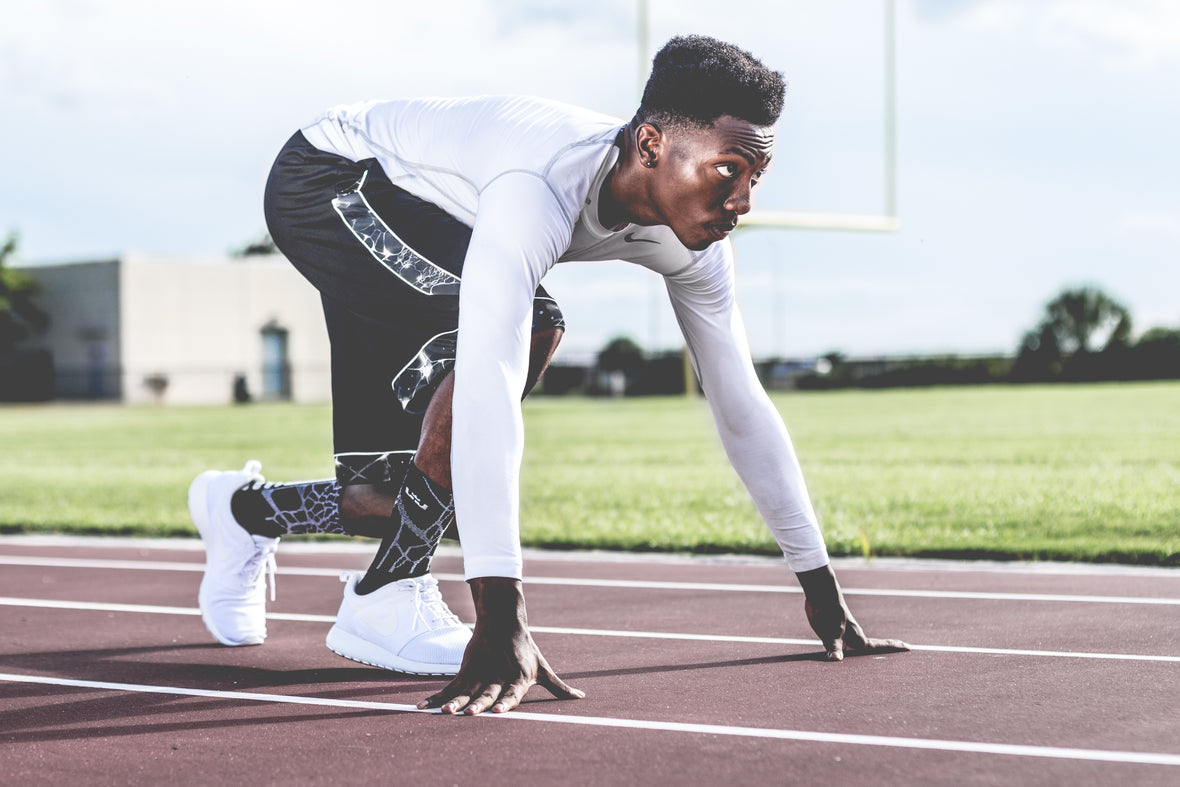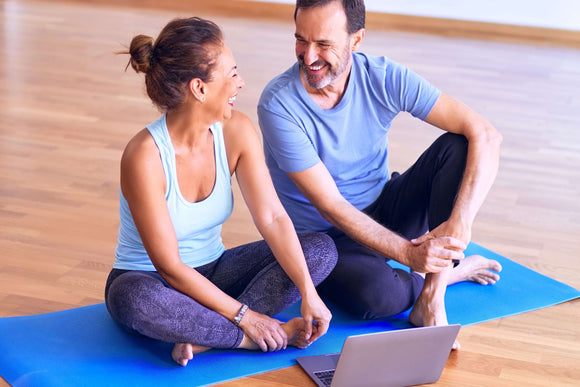
Improper Breathing Patterns: How Can It Create Cramps?
Alexandra Leon
Breathing normally is essential for our body to function optimally. Yet many of us have altered breathing pattern that affects how we perform in our daily lives. By breathing improperly, less oxygen is delivered to our system. Oxygen is a crucial element in energy production, without which, vital organs can’t function. When breathing improperly, your heart, digestive system and muscles are ALL working at a lowered capacity. It’s like walking around with a mask on your face all day!
There are multiple reasons why people have altered breathing patterns. However, what they all have in common is that they do not use their lower lungs when they breathe. To simplify, there is usually two types of breathers; we will call them “high risers” and “low risers”. *Note that a combination of both is also possible!

A “high riser” is someone who has a lot of tension in their upper body. Basically anyone with tight traps, shoulders rolled forward, raised shoulders, thick neck or a tight jaw. All the muscles involved in these postures have one thing in common: they pull the rib cage UP, restricting its movement. Because of this tension, when inhaling, the upper ribs do all the work and the lower ribs don’t move at all. Which means only half of the lungs is being used. Stress is often the cause of this tension. Notice how you hold your shoulders UP in a stressful situation. In order to help with this problem, releasing the upper traps and the pectoral muscles is essential.
|
Useful exercises:
Chair stretch (Upper traps): Sit down and grab midway underneath your thighs or to either side of your chair. Keeping your shoulders relaxed, puff your chest up, straighten your back and tilt your head slightly forward. You should feel a stretch from your shoulder to your neck and even your jaw. If you need more stretch, bring your hands closer together underneath you. Corner wall stretch (Pectorals): Find an open door frame (or walls that meet at a 90* corner). Bend your elbow at 90* and bring up your arms on either side so they are leveled with your shoulder. Place your each arms on either side of the wall or door frame. Without stepping forward, let your chest fall through the doorframe or towards the corner. Keep your head in line with your spine and breathe slowly. You should feel a stretch in front of your shoulder and chest. Each stretch should be held for 30-45 sec; you are waiting to feel your muscle finally releasing and going deeper into the stretch. |
FUN FACT: Interestingly enough, some sport bras have been shown to cause similar restrictive results. A sport bra that is too tight acts on the same principle as a corset and prevents the ribs from letting any air into the lung.
A “low riser” is someone whose diaphragm, the main breathing muscle, is unable to move properly. When inhaling, the diaphragm contracts and descends to pull the lungs and expand them. The stomach lies right underneath the diaphragm, at the level of the lower ribs. If you have stomach or even intestinal problems, this can affect your capacity to breathe properly: the discomfort in the area are shutting down the diaphragm’s ability to contract.
Have you ever heard the expression "breathing by your stomach"? This means using your diaphragm to breathe and let your lower ribs expand. This does not mean that your stomach should expand forward! Actually if your stomach enlarges with each breath, you aren’t using your diaphragm or your lower ribs.
|
LEARNING TO BREATH PROPERLY Lie on your back. Place a hand on your lower chest/upper abdominals (hand 1) and the other on your upper chest (hand 2). When you breathe in normally only hand 1 should rise, hand 2 might follow but only slightly. Now place hand 2 on your stomach, below hand 1. Again, when you breathe hand 1 should move but not hand 2. Repeat each exercise 10-15 times a day. Continue until it becomes easy, then progress to doing it sitting, then standing, and finally without hands. |



